Estimated reading time 12 minutes, 28 seconds.
It sits low to the ground: nose high, tail low, as if about to pounce — fitting of an aircraft named after a wild cat. Low frontal area, with long, tinted canopies opening upward like a classic Mercedes 300SL Gullwing; sexy-smooth, mostly carbon-fiber and Kevlar skin; tapered wings with short, graceful swept tips; and a tiny ballerina waist aft of the cabin connecting T-tail and tail feathers. All of this whispers: “Eat my dust.” This is not your father’s Suburban. Or Bonanza. A Cirrus looks like a Studebaker, by comparison.
This brand new airplane, the only one in the wilds of North America when it visited my Colorado airport in mid-December, is called a Pipistrel Panthera, and it’s made in Slovenia. Andrew Chan and Shavonna Reid of Florida’s Right Rudder Aviation — the exclusive Americas dealer for the new type — were kind enough to accommodate Skies on short notice during their tightly-choreographed American tour. We wiggled a quick look and short flight into the mix, between two scheduled demos (to people who potentially wanted to spend real money to own one). Though we didn’t get as much time as we would have liked for an in-depth pilot report, and didn’t see a pilot’s operating handbook, we wanted to share our brief experience with this alluring machine.

Walkaround and Climbing Aboard
My first impression of this sleek plane is that the fit and finish are very good. A few notes: There are no cowl flaps; LED strobes and nav lights hide elegantly in the swept wing tips; there are 11 gear doors on this critter; and the tail feathers seem small. A familiar Lycoming IO-540 engine, rated at 260 horsepower, swings a broad-chord composite MT propeller. The Lycoming will be certified to run on avgas or auto fuel. On the Panthera, standard fuel is only 27 gallons (102 liters) per side, or 54 gallons total, which seems light for an IO-540-powered airplane. Long range fuel is an available option for an extra $50,000; those additional tanks are installed aft of the spar, bringing the total fuel to 39 gallons per side. I can’t imagine any serious IFR cruiser not opting for the extra fuel.
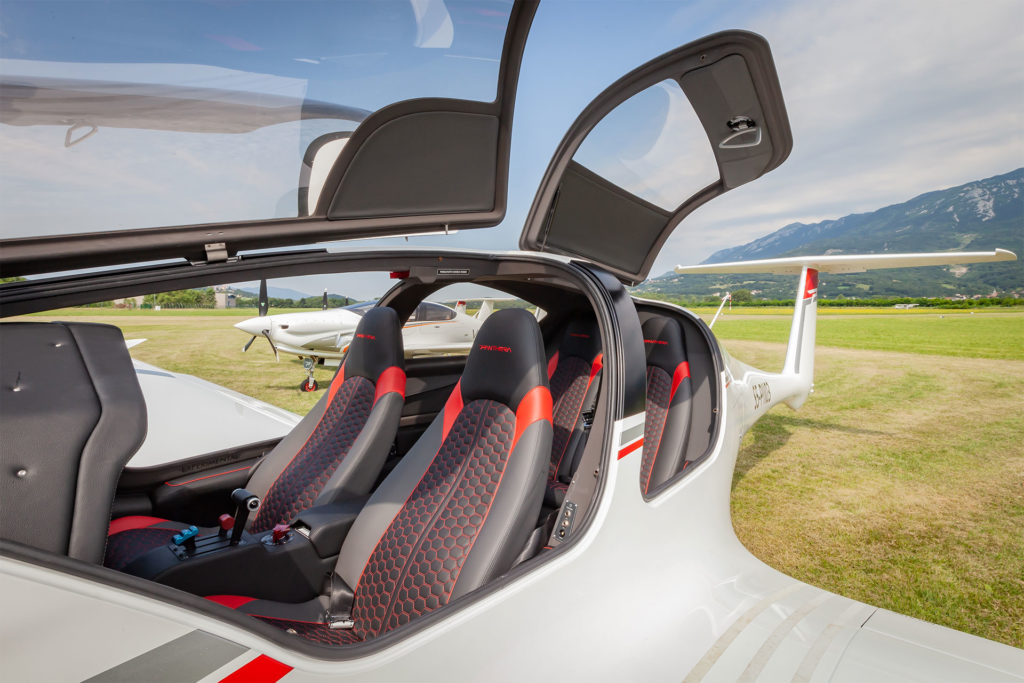
There’s no handhold on the side of the cabin for boarding. But you can grab the doorframe (if the canopy’s open) to help you up onto the wing. You step in and sit down in the Panthera — not on top of it like a Bonanza or Cirrus. The semi-supine, stitched leather seating is comfortable, and offers firm, sports car-like support. Settling in, you reach up and pull the big, tinted canopy closed quite easily (no need to slam). I noted a couple of inches of clearance between my headset and the canopy.
With short center control sticks between your knees, and engine controls and fuel selector in the center console, the cockpit layout is at once familiar. Visibility above and to the sides is great, but the broad, centerline structure restricts the view forward — like some tailwheel airplanes I’ve flown. Think: European. Maserati.
The panel offers familiar Garmin avionics, with dual G3Xs, a GTN 750Xi and 650Xi in the center stack, coupled with a Garmin GMC 307 autopilot on this experimental-exhibition version; a GFC 500 will be available on the certified model. The gear selector, flap switch, and a Mid-Continent Standby Attitude Module (SAM) backup instrument sit prominently in the upper center of the panel.
Before starting up, you arm the full-airframe parachute, much like the drill on a Cirrus. Lighting up the Lycoming is conventional. But taxiing the Panthera takes a little getting used to, partly because of the high glareshield and the forward view limitations; from my seating position (I’m around five-foot-10), the bottom of the windshield intersects with the ramp quite far ahead. Pipistrel will offer another seat option for taller pilots.
As we taxied, I was also aware of the tall taxiway lights at Erie Airport (KEIK); we cleared them all, but the airplane’s low stance requires mindfulness.
Toe brakes feel tight, with very little travel or feel. Right Rudder Aviation’s Chan requested I hold brakes and bring up the power before takeoff, and I found it challenging to keep the airplane from creeping forward.
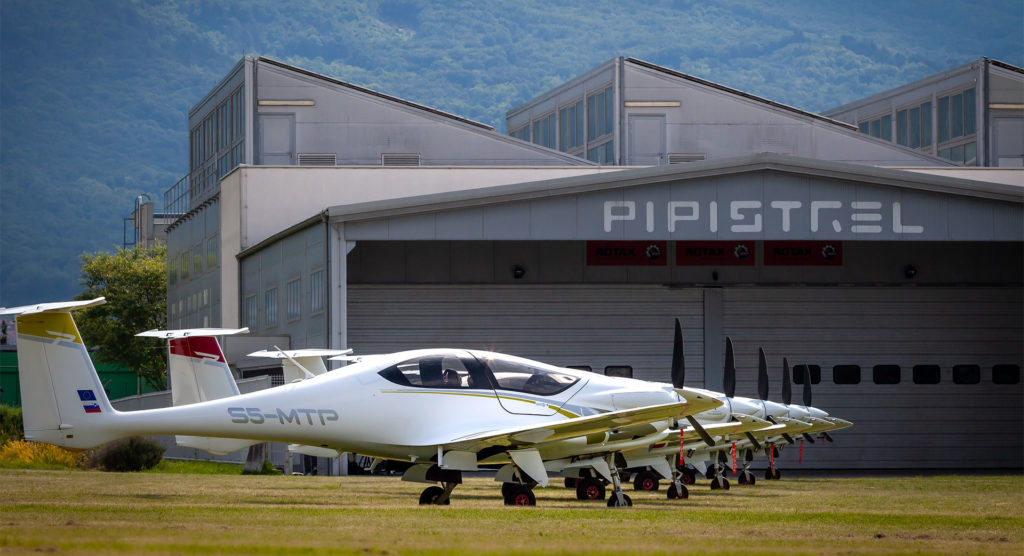
Let’s Fly!
Fifty-three degrees Fahrenheit (12 C) and 5,100 feet field elevation gave us a density altitude of just under 6,000 feet for the day’s performance.
Holding slight aft stick resulted in a surprising pitch up as the tail became effective, resulting in over-rotation on my first takeoff. But Chan was ready for it; I’m sure he’d seen it before on other demos. With that new awareness, my second takeoff was smooth with no pitch excursion.
The best rate of climb is 100 knots, but visibility over the nose at that speed is not good; I flattened to 130 knots, and rate of climb bounced between 1,000 to 1,300 feet per minute with two of us and half fuel on board.
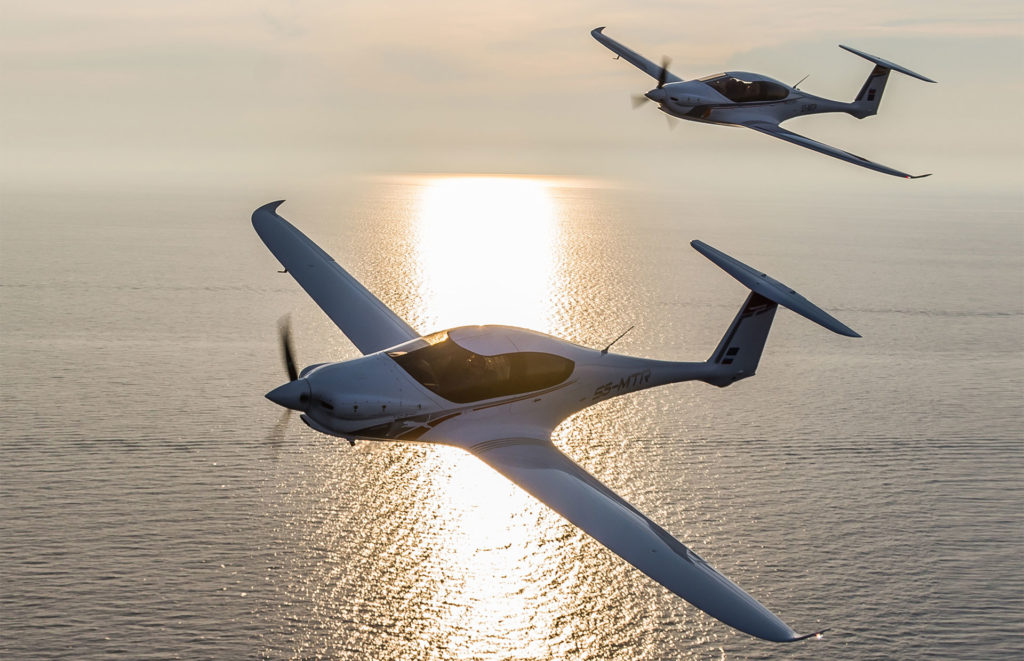
Here are my initial impressions of the Panthera’s handling qualities: Pushrods in both the elevator and ailerons provide a positive feel; a little light in the pitch, perhaps (surprising for the size of the tail feathers), and a little thick in the roll. The rudder is the only cable-actuated surface, and yaw response is what the aero guys call “deadbeat.” All good traveling machine traits, actually.
We leveled at 7,500 feet to stay below our Class B airspace, and accelerated easily to about 185 knots true airspeed (TAS), on 13 gallons per hour. From what I saw in my short taste, I suspect the Panthera is not quite a 200-knot airplane, though it certainly could make it into the 190s if you poured enough fuel through the pipes.
Chan assures me he plans cross-countries at 185 knots TAS on 10.8 gallons per hour, lean of peak, and estimates a range of 800 nautical miles with no wind. Pipistrel’s marketing claims “1,000 nm, four passengers at 200 knots,” but from my small sample, it doesn’t appear that it can do all three at once. The empty weight of the test airplane was about 1,800 pounds, leaving 1,100 lbs. for fuel, people, and bags. Again, it’s a sports car, not an SUV.
Stalls were not exciting (which is how we like them), with plenty of warning, a pretty definite break, and ample rudder, aileron, and pitch control throughout the stall.
The Cabin
There’s a third cabin door behind the pilot seat for the passengers, but I didn’t sit in the back because, well… who cares in an airplane like this? Ever sit in the back of a Porsche? (Actually, I didn’t want to overstay our welcome because real, prospective buyers were waiting patiently at the ramp when we parked after our flight.)
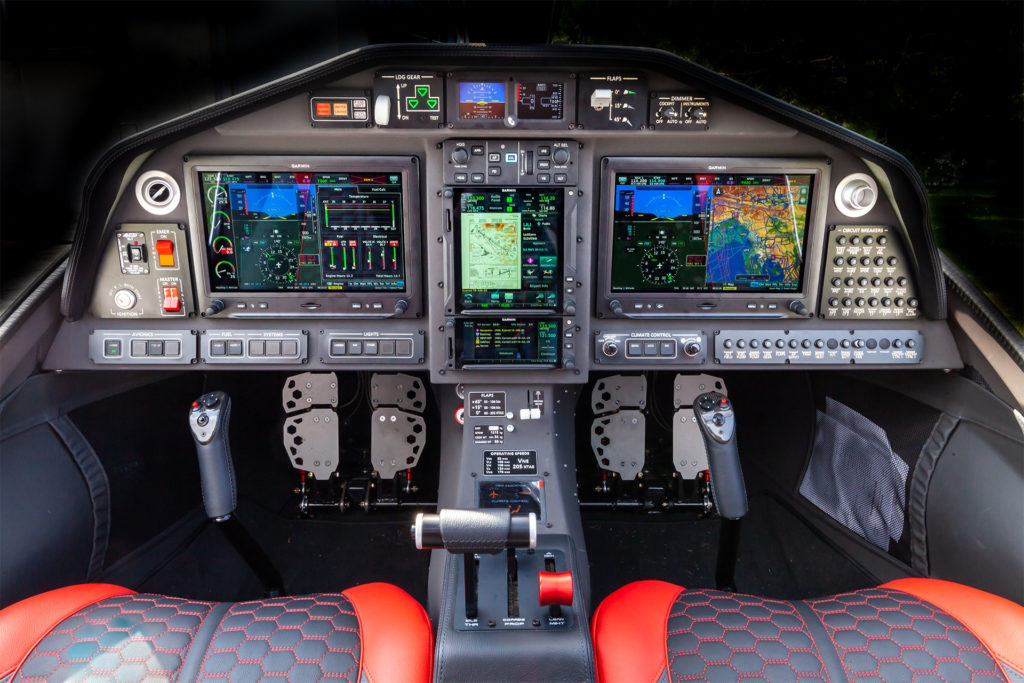
The baggage compartment — which is accessed from the outside, aft of the passenger door — seemed a bit on the small side. Chan calls it “medium size” — which depends on what you compare it to. I would say, it’s smaller than Cirrus’s offering.
Descending back into Erie at a gradual 200 to 300 feet per minute, the slippery-smooth, low-drag airframe inadvertently lured me well into the yellow airspeed caution range — almost to the never exceed speed (Vne) red line of 205 knots. Chan quietly called my attention to the speed (I’m guessing he’d seen that before, too), and I reduced the power significantly.
Leveling at pattern altitude, I set 10 inches of manifold pressure and waited for the slippery bird to slow to the low 106-knot speed limit for flaps and gear. Though Pipistrel insists you don’t need speed brakes — and doesn’t plan to offer them — I would posit that we don’t always have the luxury of “planning” descents in the busy air traffic control world; or when descending from high cruise altitudes (especially in the U.S.’s mountainous west) when it’s often bumpy.
Once the wheels and flaps are down, drag rise is high; it takes a substantial amount of power (18 to 19 inches manifold) to stay on speed — even after Chan had removed one door in front of the nose landing gear when we flew.
Chan recommended an approach speed of 70 to 75 knots, and that seemed to work well. There’s not much to see over the nose as you transition to flare, so you naturally drop your view to the sides of the cowling to keep the runway in sight. My first landing looked about right to me, but resulted in touching down only slightly above a three-point attitude. The trailing link landing gear made me look like a hero, anyhow.
On my second landing, I raised the nose higher, which pretty much eliminated all forward view. Chan called for “left rudder…” in the flare to align with the centerline, though I couldn’t detect the need. He says many who fly the Panthera have a hard time seeing that subtle alignment.
Regardless, the second touchdown was a satisfying mains-first, nose-high arrival. I held the nose wheel off until about 50 knots, being careful not to drag the low tail. That was more elevator authority than I expected, but as I noticed in my first takeoff pitch excursion, the clean airflow across the T-tail is quite effective.
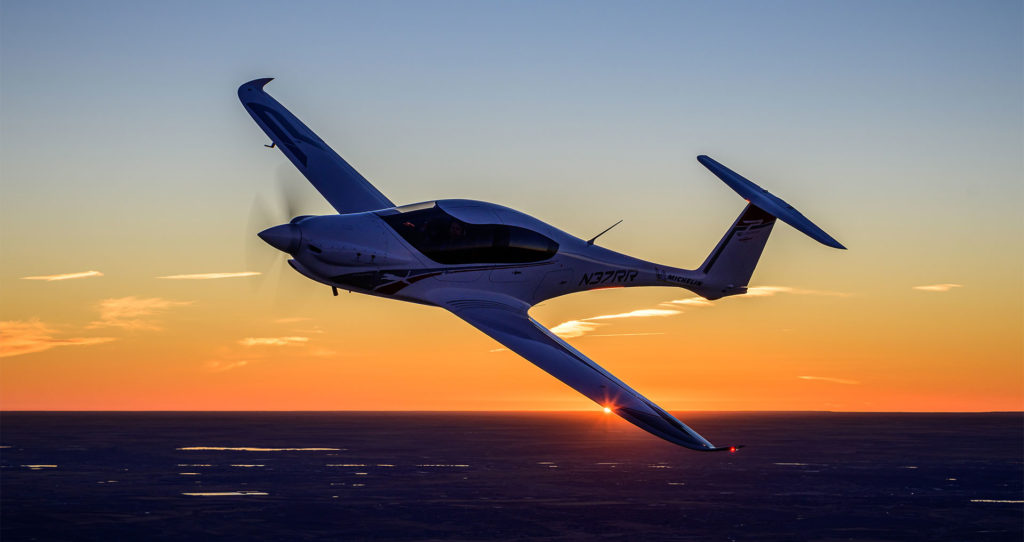
Step Right Up!
Right Rudder Aviation is currently offering both experimental-exhibition and certified Panthera aircraft delivery positions. Once certified, the experimental-exhibition version will no longer be available. At press time, Pipistrel had deposits for more than 150 aircraft worldwide, with about 50 planes scheduled for delivery in the U.S. The OEM is shooting for European Union Aviation Safety Agency (EASA) certification first, followed immediately by U.S. Federal Aviation Administration (FAA) certification. Realistically, with all the worldwide challenges due to the coronavirus, Chan admits FAA certification probably won’t happen until sometime in 2023.
Pricing of the Panthera is preliminary, but expect about US$650,000 for the experimental-exhibition version, and $750,000 for the certified aircraft. Most people are adding air conditioning, a 50-pound option, and “some” are opting for the long-range tanks, according to Chan.
Can Pipistrel support a fleet of these aircraft from Slovenia? That remains to be seen; though as any offshore OEM will tell you, support for a product after the sale takes a monster commitment of funds, parts, and training.
With style, speed, and efficiency, this beauty aspires to be the “perfect personal airplane.” When you pull up to the FBO in your Panthera, you are certain to attract more eyeballs than a pack of pedigree dogs. Or a sleek, wild cat.
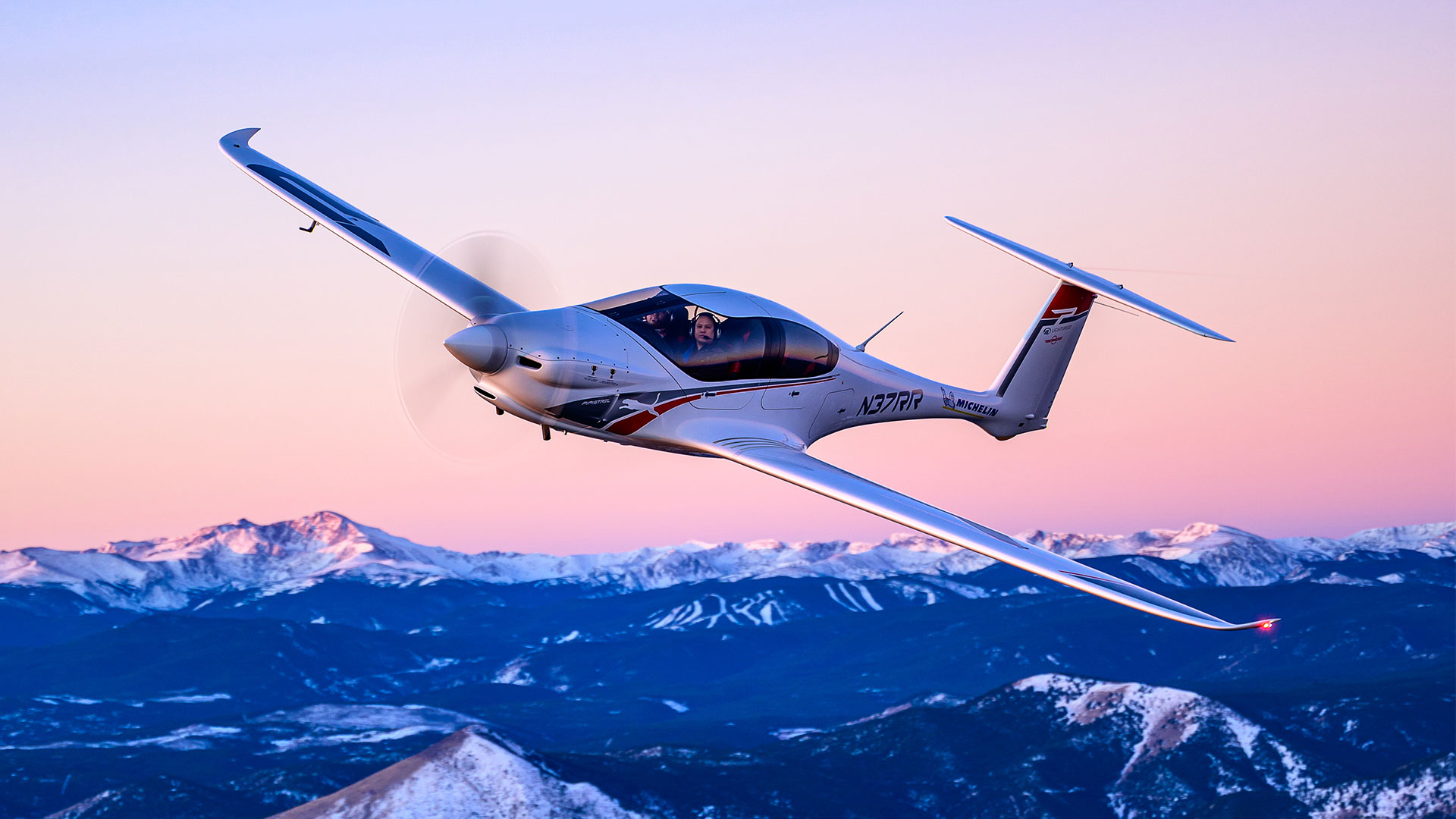

That’s a dream of flying. Incredibile construction of a beautiful machine, civil Spitfire nof the skies, the fatal & purest joy.
I’m not a pilot but i recognize the Pantera plane as a plane which is built “around the human”.
Pantera- like a flying suit for four humans. made by human, integrated, incorporated , like a human skin & wings for enyoing the fly trough the sky of the planet Earth…